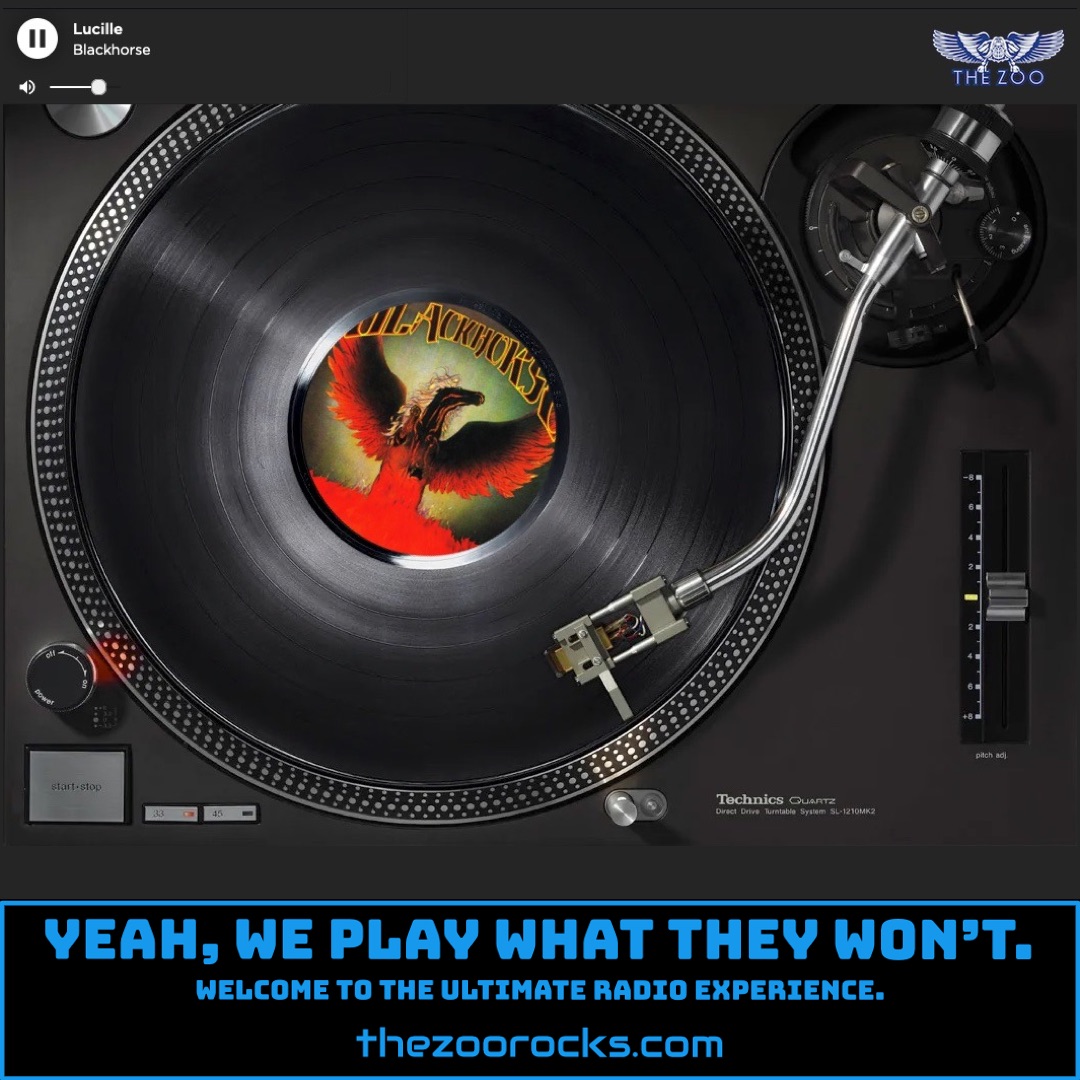Maxwell's Silver Hammer (Take 12)
The Beatles
"Maxwell's Silver Hammer (Take 12)" by The Beatles, featured in the Let It Be sessions, is a quirky yet dark song penned by Paul McCartney, known for its upbeat melody juxtaposed with grim lyrics about a serial killer named Maxwell Edison. The song’s vaudevillian style, complete with an anvil for percussion, reflects McCartney’s fascination with music hall traditions, inspired by his father’s performances. However, the track was famously divisive among the band. Ringo Starr, in a 2008 Rolling Stone interview, called it “the worst session ever” and “the worst track we ever had to record,” citing the grueling three-day recording process from July 9-11, 1969, that strained the already fracturing group. John Lennon, absent from the track’s final recording due to a car accident, later expressed his disdain, saying, “I hate it,” and felt it was a single pushed by McCartney that “never could have been.” George Harrison described it as a “fun song” but admitted it was a drag to record due to McCartney’s perfectionism, which some speculate contributed to tensions that led to the band’s breakup.
The song’s origins trace back to early 1968 when McCartney, inspired by French symbolist writer Alfred Jarry’s concept of “pataphysical” science (the science of imaginary solutions), began writing it while in Rishikesh, India. McCartney intended it for The White Album but time constraints pushed it to the Get Back sessions in January 1969, where it was rehearsed extensively, as seen in the Let It Be film. The influence of Jarry’s absurdist play Ubu Cocu, heard by McCartney on a BBC radio production, shaped the song’s darkly comedic tone, with lyrics about Maxwell’s murderous spree cloaked in a nursery-rhyme-like melody. McCartney himself explained in a 2021 book, The Lyrics: 1956 to the Present, that the song was a metaphor for life’s unexpected blows, saying, “It’s my analogy for when something goes wrong out of the blue.” Some fans theorize it subtly referenced internal band frustrations, possibly aimed at figures like Yoko Ono or manager Allen Klein, though McCartney never confirmed this.
Despite the band’s dislike, the song has its defenders. On Reddit, fans like u/Dan_The_PaniniMan have praised its catchy quality, noting that the 21 takes for Abbey Road were relatively efficient compared to other tracks, and the Anthology 3 version reveals a lighter atmosphere with laughter at the end, contradicting the “grueling” narrative. The track’s anvil, played by Ringo Starr in the studio but by road manager Mal Evans during Let It Be rehearsals, adds a unique texture, while McCartney’s Moog synthesizer solo, overdubbed on August 6, 1969, showcases his experimental side. Covers by artists like the Canadian band The Bells, which hit number 83 on the Pop chart in 1972, and Jessica Mitford’s Decca and the Dectones in 1995, highlight its cult appeal. Some fans, like a commenter on Songfacts, see it as a dark comedy masterpiece, with one suggesting it mirrors the tragic story of playwright Joe Orton, who was killed by his lover Kenneth Halliwell, though this connection remains speculative.
The Beatles began in Liverpool, England, in 1960, evolving from a skiffle group called The Quarrymen, formed by John Lennon in 1956. Paul McCartney joined soon after, followed by George Harrison, with Ringo Starr completing the lineup in 1962. Their early days were spent honing their craft in Liverpool’s Cavern Club and Hamburg’s gritty club scene, where they played marathon sets, refining their sound rooted in 1950s rock and roll, skiffle, and beat music. Their breakthrough came in 1962 with their first single, “Love Me Do,” under manager Brian Epstein and producer George Martin. The band’s innovative blend of pop, rock, and later experimental styles, incorporating classical and Indian music, made them global icons, integral to the 1960s counterculture. By the time they recorded Abbey Road and Let It Be, their creative partnership was strained, but their influence on music remains unmatched.
You can follow The Beatles’ official website for updates and history. Their official social media includes Facebook, Instagram, and X, where posts often share archival content and fan engagement. Fan communities thrive online, notably on r/beatles on Reddit, with 266K members discussing trivia, memorabilia, and more. Other fan sites like Beatles Bible offer detailed song histories, and The Paul McCartney Project dives deep into McCartney’s contributions, perfect for Zoo Freaks craving more Beatles lore.

